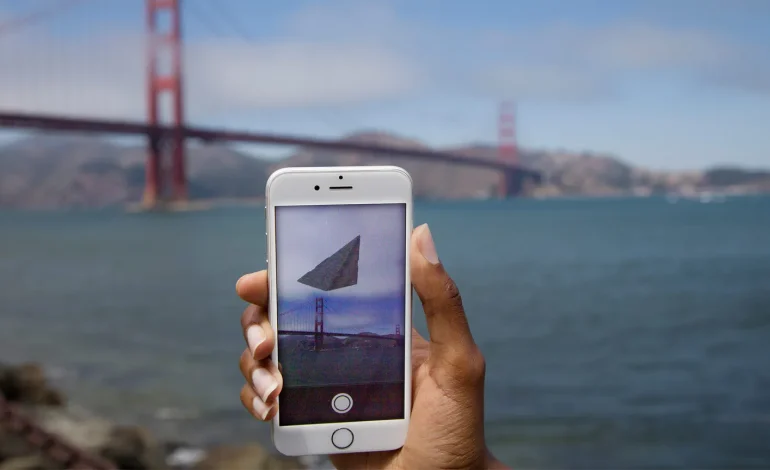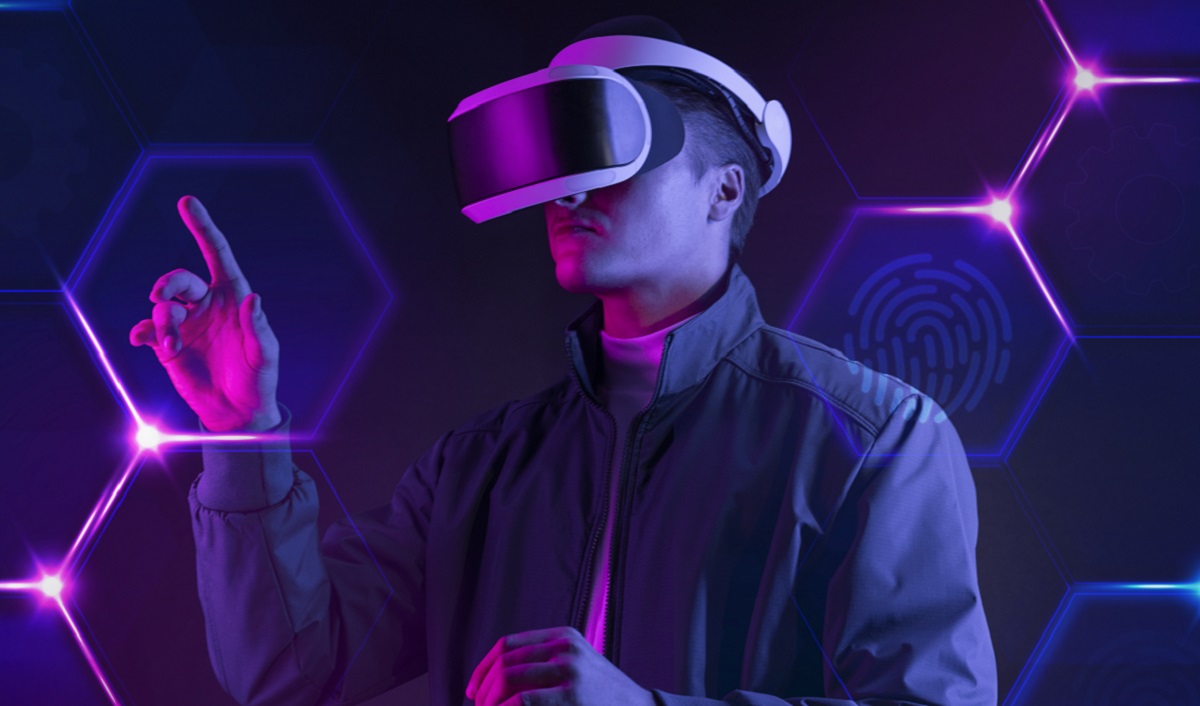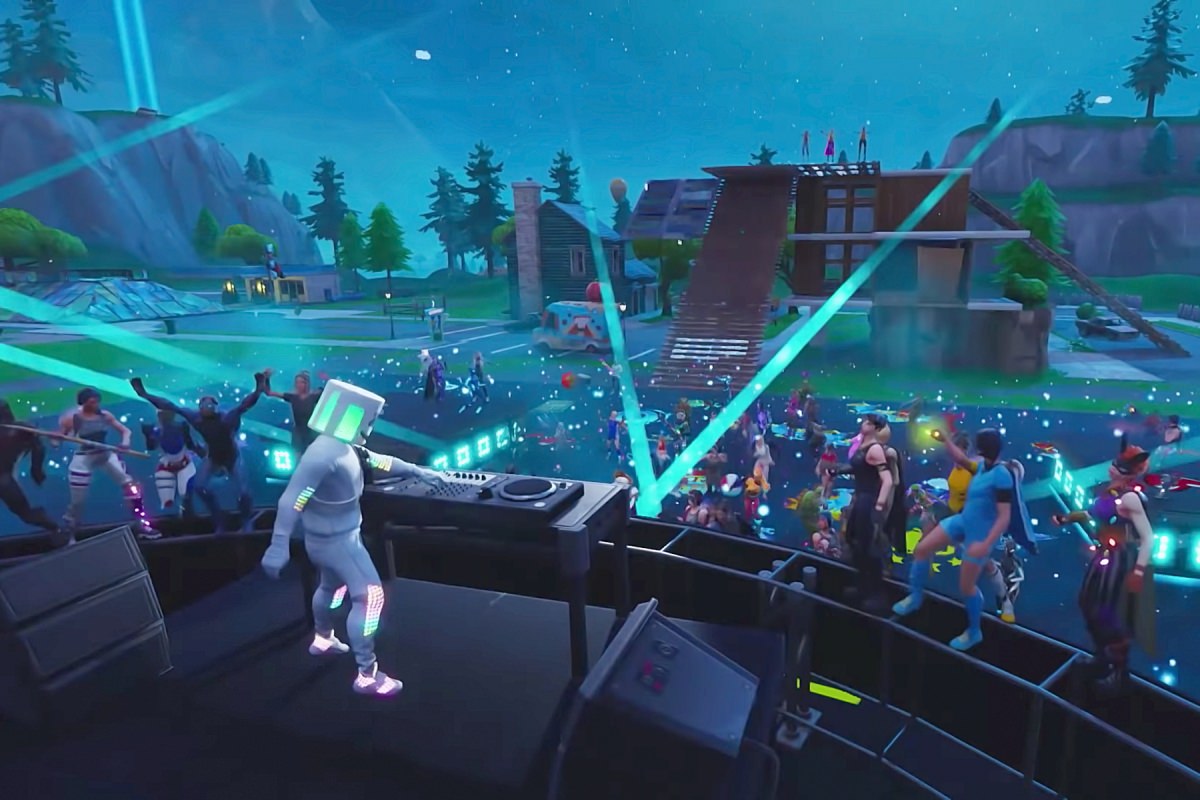How Augmented Reality Forensics is Helping to Solve Cases?
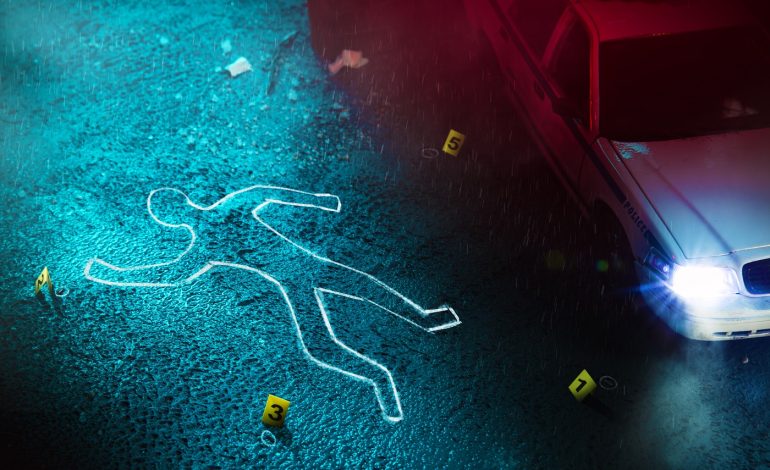
Augmented reality (AR) in forensic science is becoming increasingly important. By merging the physical world with digital data, AR is revolutionizing how forensic experts to process and analyze evidence. Through its ability to provide enhanced visualizations, AR is helping to solve forensic cases faster and more accurately than ever before. In this blog post, we’ll take a closer look at how augmented reality forensic technology is revolutionizing the field of forensic science.
What is Augmented Reality?
Augmented reality (AR) is a technology that overlays digital images in the real world, often in 3D graphics. It can use for various purposes, such as entertainment and educational experiences, but it’s recently become an essential tool in solving forensics cases.
Augmented reality forensic investigations allows investigators to look at crime scenes from different angles and perspectives. This helps them identify potential evidence or suspicious activity much faster and more efficiently than traditional methods. AR also allows investigators to interact with 3D reconstructions of crime scenes, enabling them to view details that would otherwise be difficult or impossible to detect.
For example, when investigating a burglary, investigators can use augmented reality to look for signs of forced entry into a building. In cases involving gun violence, AR can help analyze ballistic trajectories and locate shell casings. It can also use AR to investigate traffic accidents, allowing investigators to view an entire crash scene from multiple perspectives.
Overall, augmented reality forensics has made forensic investigations more accurate and detailed than ever before. It has the potential to revolutionize the way law enforcement officials investigate and solve crimes, providing a powerful tool to help bring criminals to justice.
How is AR Used in Forensics?
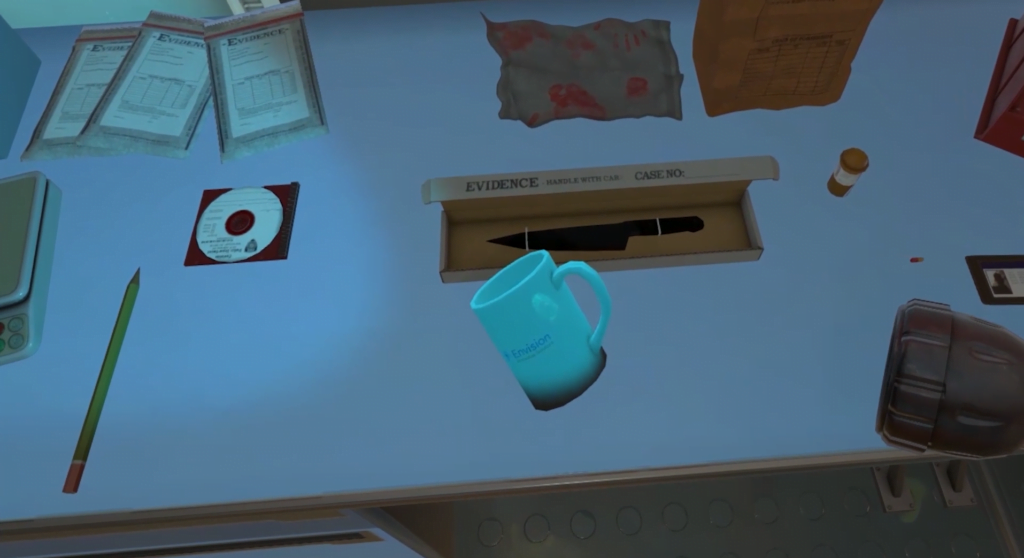
Augmented reality (AR) is a technology that overlays digital images, sounds, and other sensory elements in the real world. AR has been used in many industries, including law enforcement and forensics, to help solve cases. By using AR, forensic professionals can analyze crime scenes more efficiently, allowing them to make more accurate decisions.
In forensics, AR can reconstruct crime scenes and review evidence. AR allows forensic professionals to view 3D models of a crime scene, helping them identify details such as size and location. It also allows them to reconstruct a scene to understand it better.
Furthermore, it can use AR to analyze evidence at a crime scene. Using an AR-enabled device, investigators can scan an area and collect evidence. We can then use this evidence to create a 3D image of the scene, which forensic professionals can study. This helps them understand what happened at the scene and helps them to draw better conclusions about a case.
Finally, we can use AR to aid in training crime scene investigators. With AR, investigators can use simulations to understand better how a crime scene might look like and practice how to approach different crime scenarios. This helps them hone their skills and provides them with invaluable experience that can be used when dealing with real-life cases.
Overall, augmented reality forensics is an invaluable tool for forensic professionals. By using AR, they can analyze crime scenes more efficiently and provide more accurate results. It also helps them train and better prepare for cases, ensuring they are equipped with the skills and knowledge needed to solve cases.
The Future of AR in Forensics
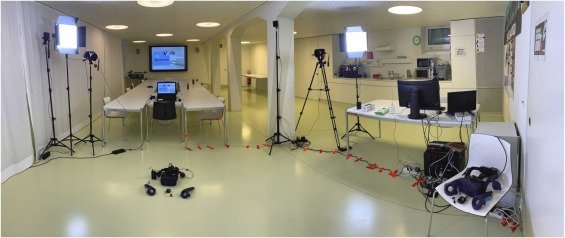
Augmented reality (AR) in forensic investigations has been gaining momentum recently, with police and other law enforcement agencies beginning to experiment with the technology. By utilizing AR, investigators can gain more efficient access to crime scenes and make critical decisions quickly without sacrificing accuracy.
Using AR in forensic investigations is still in its early stages, but it has great potential to revolutionize the process. Through AR, investigators can create realistic 3D representations of crime scenes, which anyone in attendance can explore. This allows police officers to rapidly analyze the scene and identify any objects or evidence that could miss in a formal investigation. Furthermore, AR can visually represent data collected during a crime scene investigation, such as CCTV footage, interviews, and notes.
One of the most exciting applications of augmented reality forensic technology is its ability to recreate past events. We can use this to re-enact a crime scene, enabling investigators to go back in time and understand what happened on the day in question. Additionally, we can use AR to help recreate accident scenes and reconstruct the events leading up to an incident. With this technology, investigators can gain a more accurate view of what happened during a crime or accident.
The possibilities for using augmented reality in forensic investigations are endless and will no doubt help to improve the accuracy and efficiency of such cases in the future. AR is the future wave regarding forensic investigations. It will be exciting to see how the technology is further developed and implemented in the coming years.
Recreate a scene anywhere
Augmented reality (AR) is rapidly becoming a popular tool in forensics, allowing investigators to recreate a crime scene or accident site in 3D easily. This technology has allowed police to gather more detailed evidence than ever before, helping them make more accurate conclusions about the events.
Using AR, investigators can scan the entire area and create a virtual 3D model. This allows them to view the scene from any angle and examine the details that formal investigations may have missed. Additionally, investigators can accurately measure distances and objects and obtain valuable data from witnesses and other sources that might not have been accessible before.
The ability to virtually recreate a scene has also opened up many new possibilities for law enforcement. For example, they can now use AR to help train police officers on a proper procedure or prepare simulations for courtroom presentations.
What’s more, AR can also improve communication with the public. For example, police can create interactive demonstrations illustrating how certain events took place and visually explaining their actions.
Overall, augmented reality is quickly becoming an essential part of forensics investigations and is helping to solve cases that may have otherwise gone unsolved. As technology continues to evolve, it will undoubtedly become an even more powerful tool for law enforcement and forensic teams worldwide.
Valuable Forensic Tool
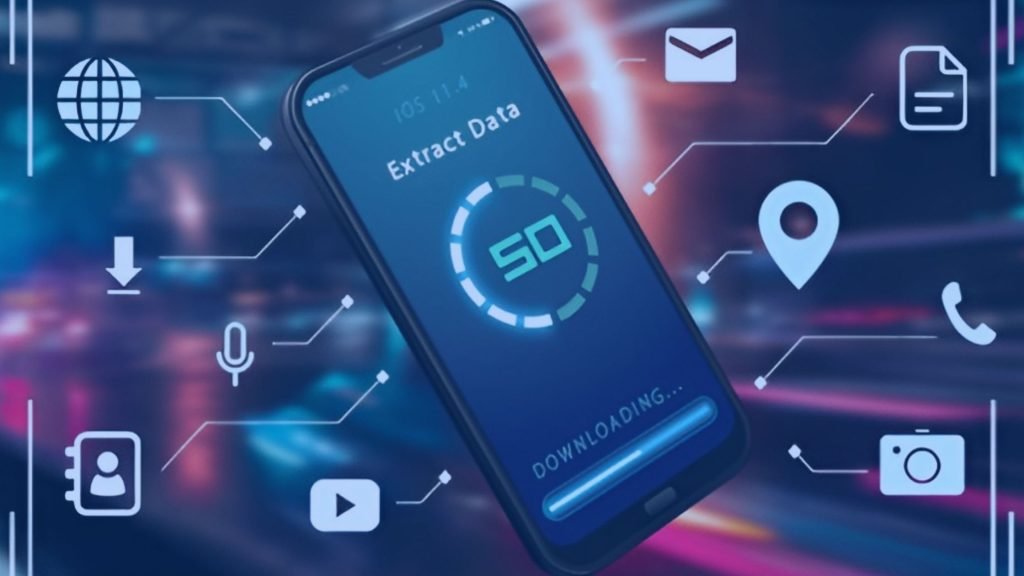
As technology evolves, new opportunities open up to help solve forensics cases. One of the most promising developments is augmented reality in forensics. Augmented reality (AR) is a technology that combines computer-generated virtual images with a person’s real-world environment, giving them the ability to interact with their environment in new ways.
This technology has been used in forensics for years, but only recently has it become a valuable tool for solving complex cases. With the introduction of new mobile applications and devices, law enforcement officers have access to powerful tools that can help them collect evidence and identify suspects.
One of the most notable benefits of AR for forensic investigations is its ability to visualize crime scenes. By overlaying virtual images on top of real-world environments, investigators can gain insight into a case that would otherwise be impossible to obtain. This can help them more quickly identify potential suspects and reconstruct events as they happened.
AR also offers advantages in analyzing evidence. By allowing investigators to interact with virtual objects in a 3D space, they can better understand how objects at the scene were arranged and interacted with each other. This information can be critical when determining timelines and possible scenarios surrounding a crime.
Augmented reality in forensics is still in its infancy, but it has already proven invaluable. With more advancements in AR technology, it will only become more effective as time goes on. As a result, law enforcement officers have a powerful tool to help them solve complex cases quickly and efficiently.
Conclusion
The potential for augmented reality in forensics is enormous. It can revolutionize how law enforcement and other investigative agencies can analyze evidence, leading to more accurate investigations and faster resolution of cases. Allowing investigators to digitally explore crime scenes, reconstruct events, and visualize data more effectively can help bring criminals to justice faster and more efficiently.
Augmented reality is still in its early stages of development, but it holds great promise for forensic applications. Investigators must keep up with the technology so they can take advantage of the benefits that it offers. This technology is advancing rapidly and will become even more helpful. We can be sure that this technology will continue to evolve and greatly assist those who rely on it to solve cases.

